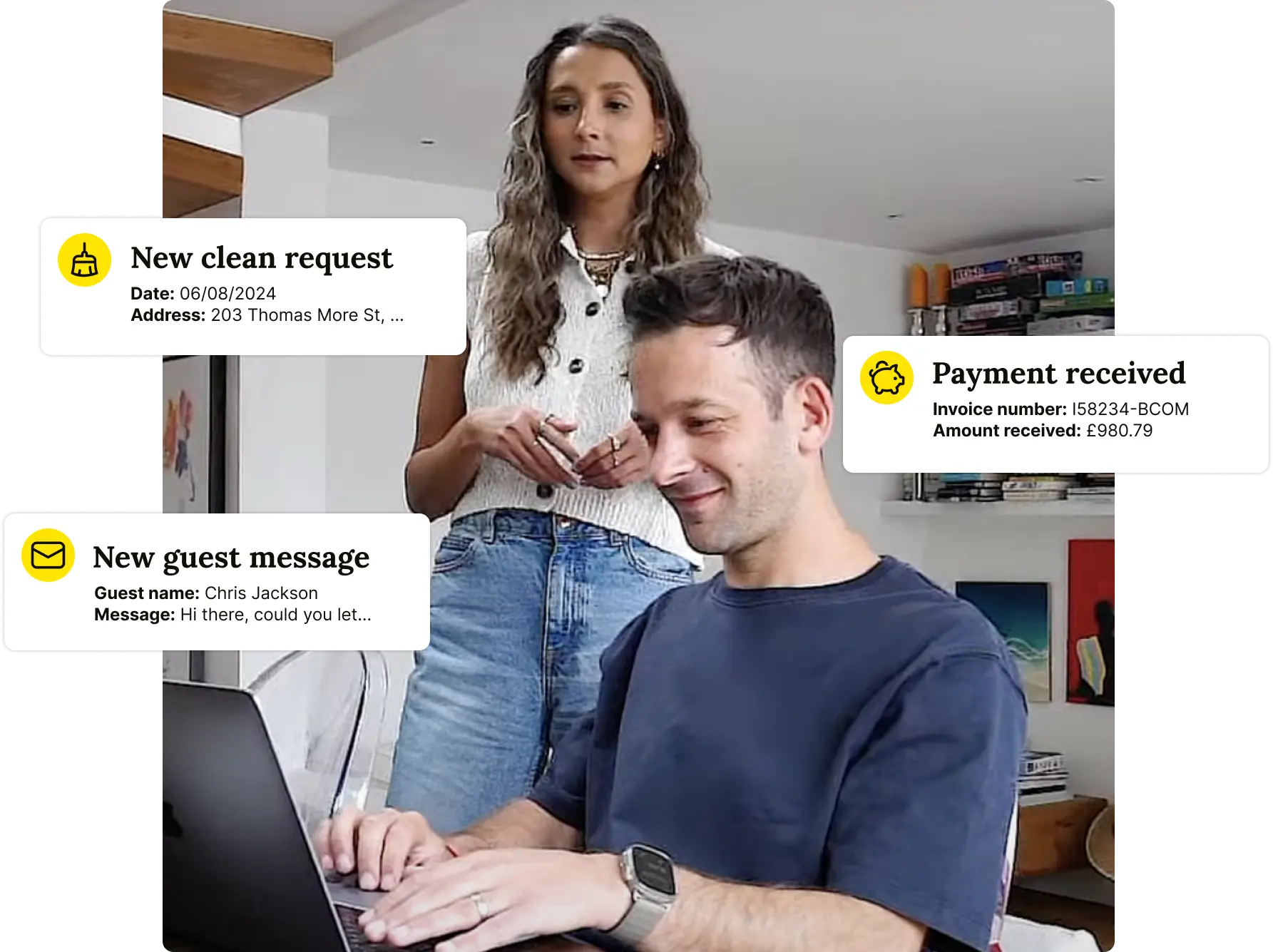Building lasting wealth isn't a get-rich-quick scheme. It takes time, strategy, and the right tools. Real estate has proven to be one of the most reliable paths to financial freedom for generations. In fact, more individuals attribute their wealth to property investment than any other method.
Yet, many investors miss out on the full potential of rental properties, often due to small portfolios or emotional attachments.
Well, there’s no doubt that building a rental property portfolio merits plenty of benefits since the number of renters is still increasing. But how do you build a rental portfolio from scratch?
In this article, we’ll guide you on building your rental portfolio from the start. So, let’s get started!
Table of Contents
How Many Properties Make a Rental Portfolio?
Generally, a rental portfolio is a collection of rental properties an investor owns.
Most investors typically own two properties within their first five years. However, from a mortgage perspective, a landlord is usually considered to have a portfolio when they own four or more properties.
Reaching four properties marks the point at which lenders officially regarded your collection as a rental portfolio.
Why Should You Grow Your Rental Portfolio?
Building a rental property portfolio is a smart move for landlords who want to increase their income and spread their investments.
To create a strong real estate portfolio, it’s crucial to have a plan. Focus on buying high-quality properties that generate positive cash flow and potentially grow in value.
Many investors also find that owning multiple properties helps them streamline their operations and save money. Leverage in real estate can grow your rental portfolio, leading to increased income and tax benefits.
How to Build a Rental Portfolio
Now, let’s have a look at how you can build your rental portfolio from scratch:
Get Expert Advice
Venturing into property investment can feel overwhelming, but you don't have to do it alone. Seek out property management experts in your area who've navigated the ups and downs of real estate investing.
As your rental portfolio grows, so does the financial commitment. That's where tapping into the expertise of financial advisors and local brokers can be a game-changer. They understand the ins and outs of buy-to-let properties and can guide you in making smart investment choices that bolster your portfolio.
If you're not quite ready to invest in professional advice, there are plenty of excellent books on property investment.
Hire a Reliable Mortgage Advisor
When you're considering mortgages for your growing portfolio, it's important to find a reliable mortgage advisor. Understanding your finances is key to the ongoing success of your portfolio, and a trustworthy mortgage advisor can help you with long-term planning.
In particular, a buy-to-let mortgage enables you to borrow funds to purchase a property to lease out without the necessity of residing in the property yourself. Don't underestimate the importance of consulting a mortgage advisor for guidance.
Set SMART Goals
Set SMART goals when planning your real estate business. Here are some examples:
- Save for a deposit to buy an investment property within a specific timeframe.
- Aim to close a certain number of real estate deals each quarter.
- Build your network or team.
- Stay educated about the real estate market.
You can focus your efforts, track your progress, and grow your real estate portfolio more effectively with smart goals.
Choose the Right Financing
You need to choose the right finance option for your rental properties because it affects your risks and returns. Well, each financing option has its own pros and cons. Let’s see how you can finance:
Pay with your own cash
This is the safest way to invest. It makes buying quicker since you don't need loan approval. However, it limits how much you can earn and slows down your ability to buy more properties because your money is tied up. Many investors seek payment consulting to find more efficient ways to manage their funds and optimize their purchasing strategies.
Conventional financing
Banks offer loans with low interest rates, which can help you earn more. But, getting a loan can be difficult and requires a 20 to 25% down payment. It isn’t the right choice if you have bad credit or no cash.
Private lenders
Private lenders approve loans faster and are more flexible, but their interest rates are higher. It’s a good option if you can’t get a bank loan.
Assess Your Risk Tolerance
Understand your risk tolerance to make smart investment decisions. It helps align your investments with your financial goals and strategy.
Don’t forget that different investments have different risk levels. As a real estate investor, it’s important to find the right balance between the potential returns and the risks you’re comfortable with.
Evaluate Properties
Being able to tell good properties from bad ones is important for your success. Many investors use the 1% rule, which means your property should rent for at least 1% of its total value.
However, you should also consider other factors like the neighbourhood's vacancy rate and the area's growth potential.
How to Diversify Your Rental Portfolio
Diversification is essential for managing risk in stocks, bonds, and real estate despite the higher costs associated with real estate.
You can diversify your rental properties in different ways, like:
- Buy properties in different locations.
- Invest in different types of properties (single-family, multifamily, commercial).
- Use various financing methods.
- Purchase properties in different price ranges.
Diversification helps protect against uncertainties. For example, during a recession, families may prefer low-cost rentals, so having a mix of property types can be beneficial. Property in other areas can maintain your cash flow if one neighbourhood declines.
3 Tips for Growing Your Rental Portfolio
Start Small
Begin with smaller homes as they're easier to manage and teach you about being a landlord.
Invest Locally First
Begin in your own neighbourhood to understand the area better and deal with any issues more easily.
Grow Smart
Use the money from your rentals to buy more properties. This way, you can build your portfolio faster and make more money.
Conclusion
Building a rental portfolio takes time and effort. There are various types of rental properties to invest in, each with its own advantages.
As you expand your portfolio, explore different financing options, use your current properties to grow faster and build wealth.
Hiring a good property manager is important to build your successful rental portfolio. Houst can handle day-to-day operations while you focus on finding and assessing new deals.
🚀 Build a Thriving Airbnb Business with Houst
Monetize short-term rentals without owning property. Our Airbnb Business Partnership Program helps you start, scale, and automate a profitable Airbnb business with smart pricing, automation, and expert support.
💡 No Property Needed
📈 Expert Growth Strategies
🤖 Automated Hosting Tools

⭐ Rated 4.8/5 by 2,500+ Hosts
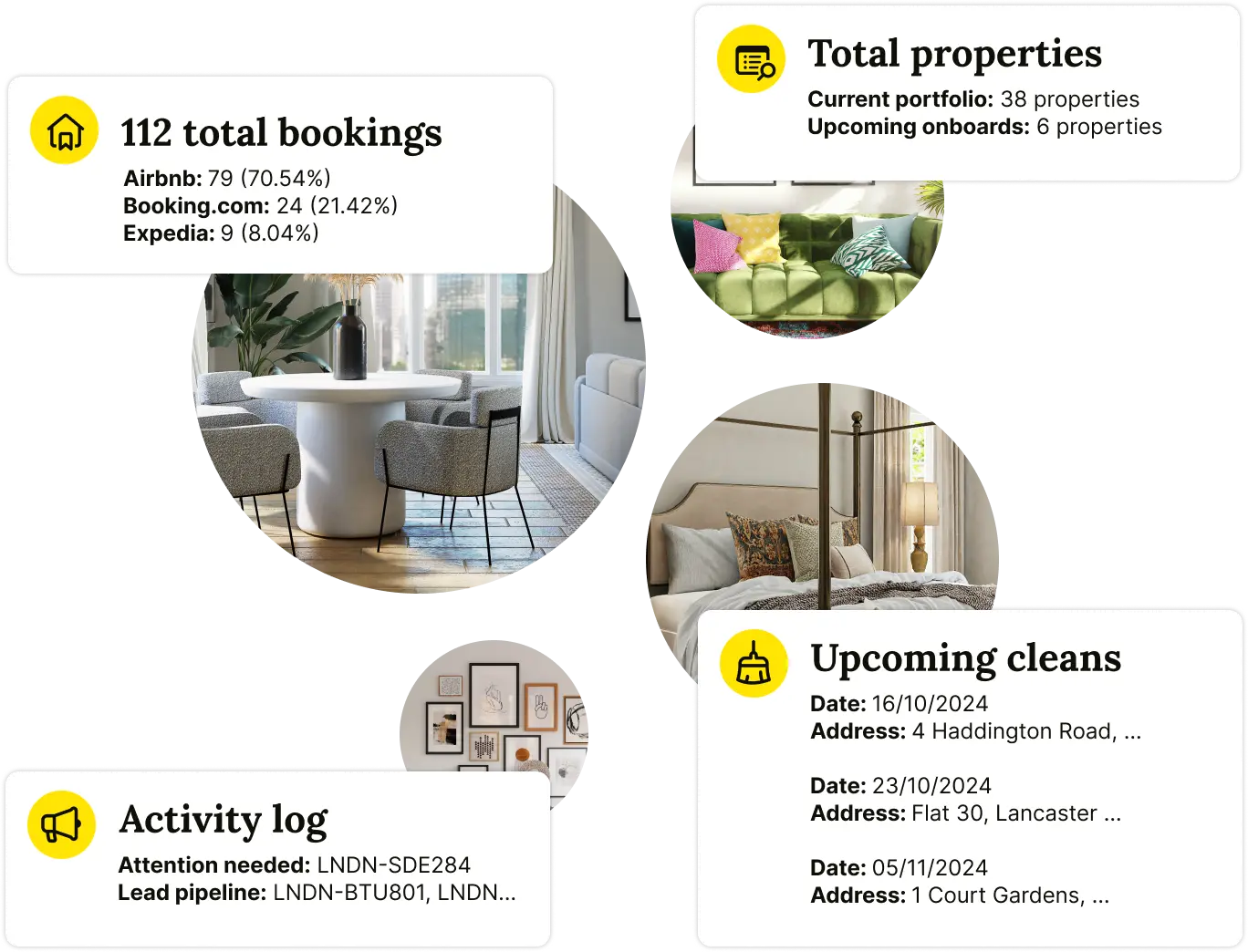
🧼 Airbnb Cleaning & Turnovers, Done Right

⭐ Rated 4.8/5 by 2,500+ Hosts
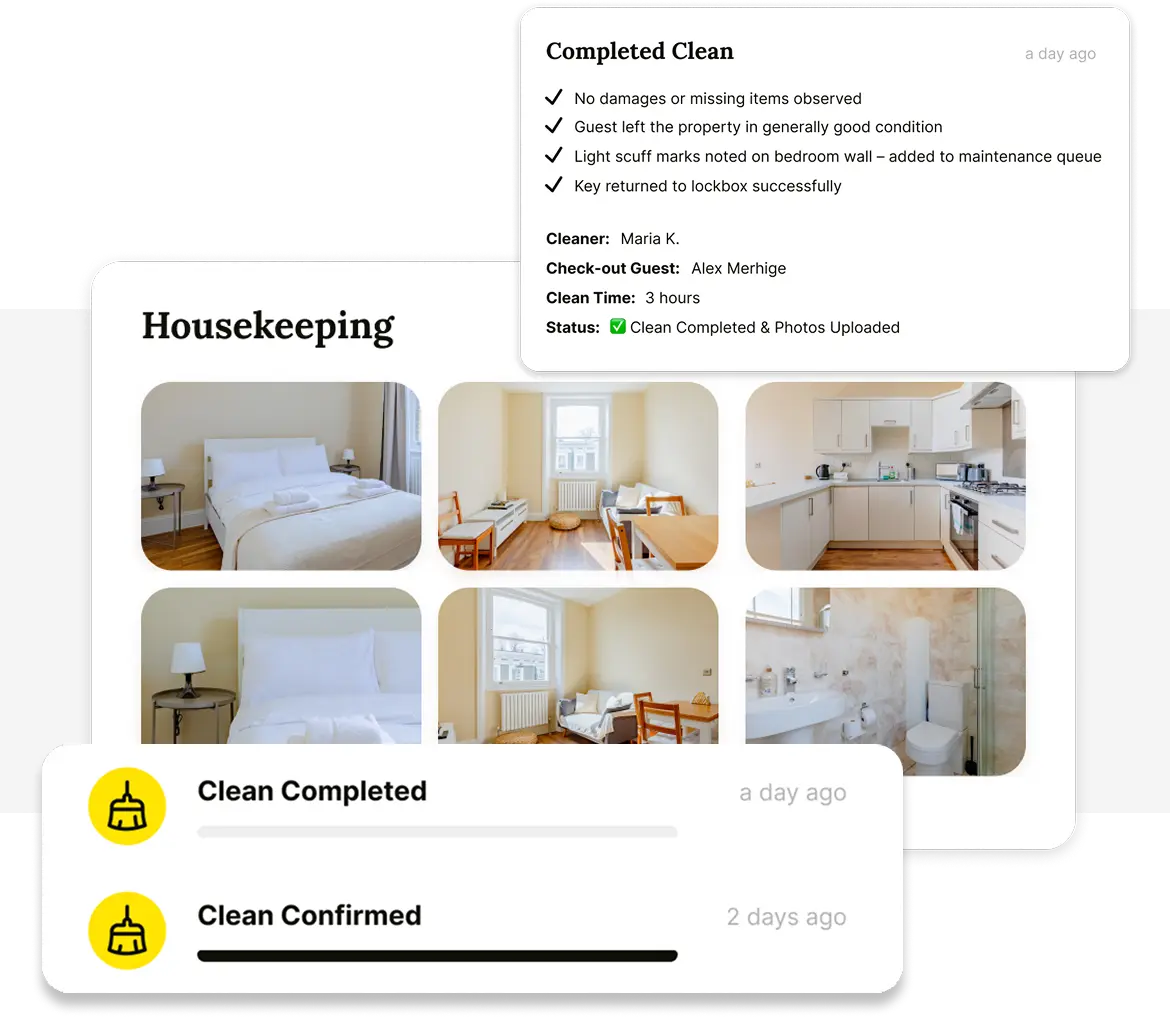
🚀 Build & Grow Your Airbnb Business with Houst
Turn your expertise into a profitable Airbnb business — without owning property.
Join Houst’s Airbnb Business Partnership Program to start, manage, and scale with ease. Get expert support, automation tools, and smart pricing strategies to maximize earnings and grow faster.

⭐ Rated 4.8/5 by 2,500+ Hosts
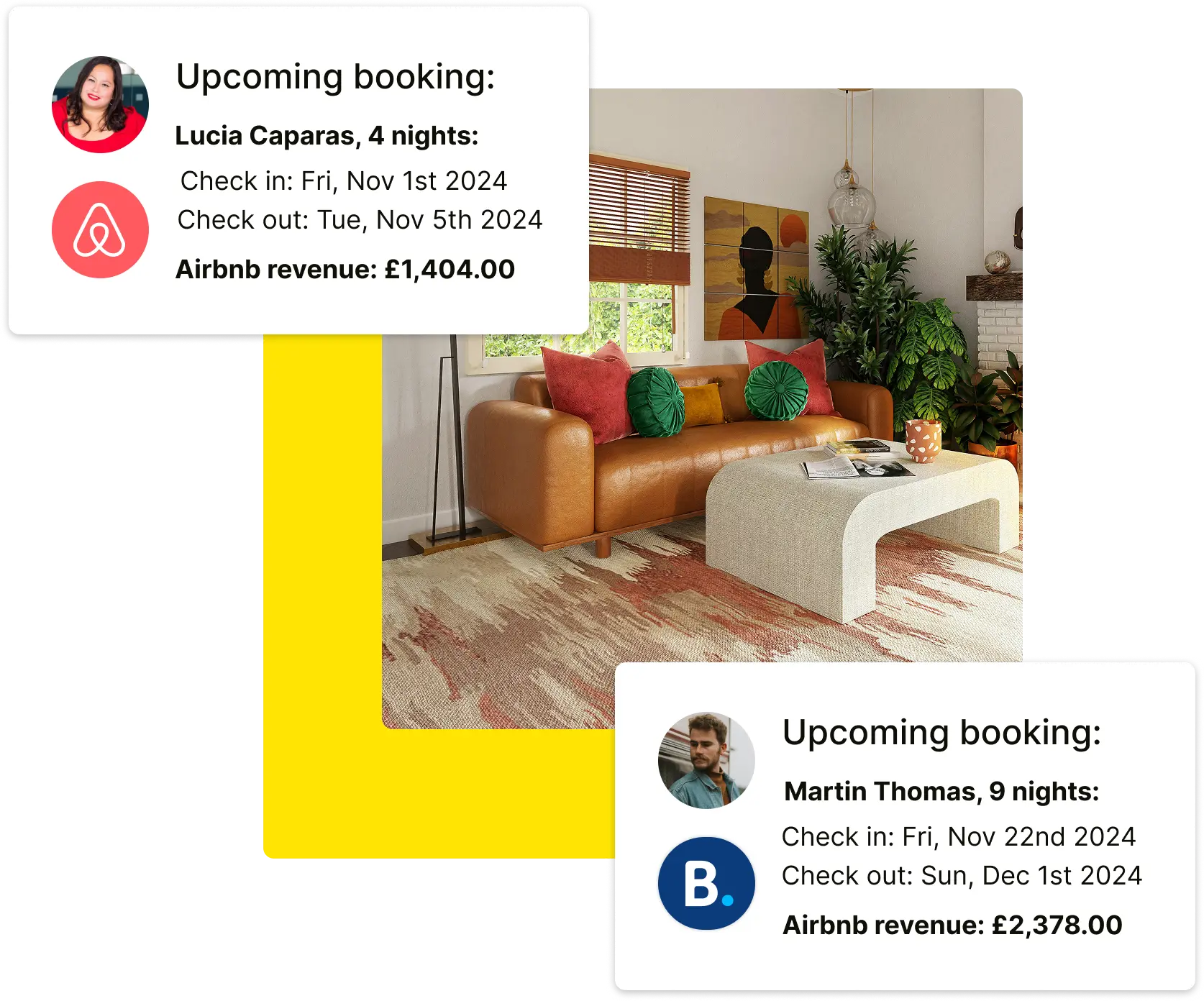

⭐ Rated 4.8/5 by 2,500+ Hosts
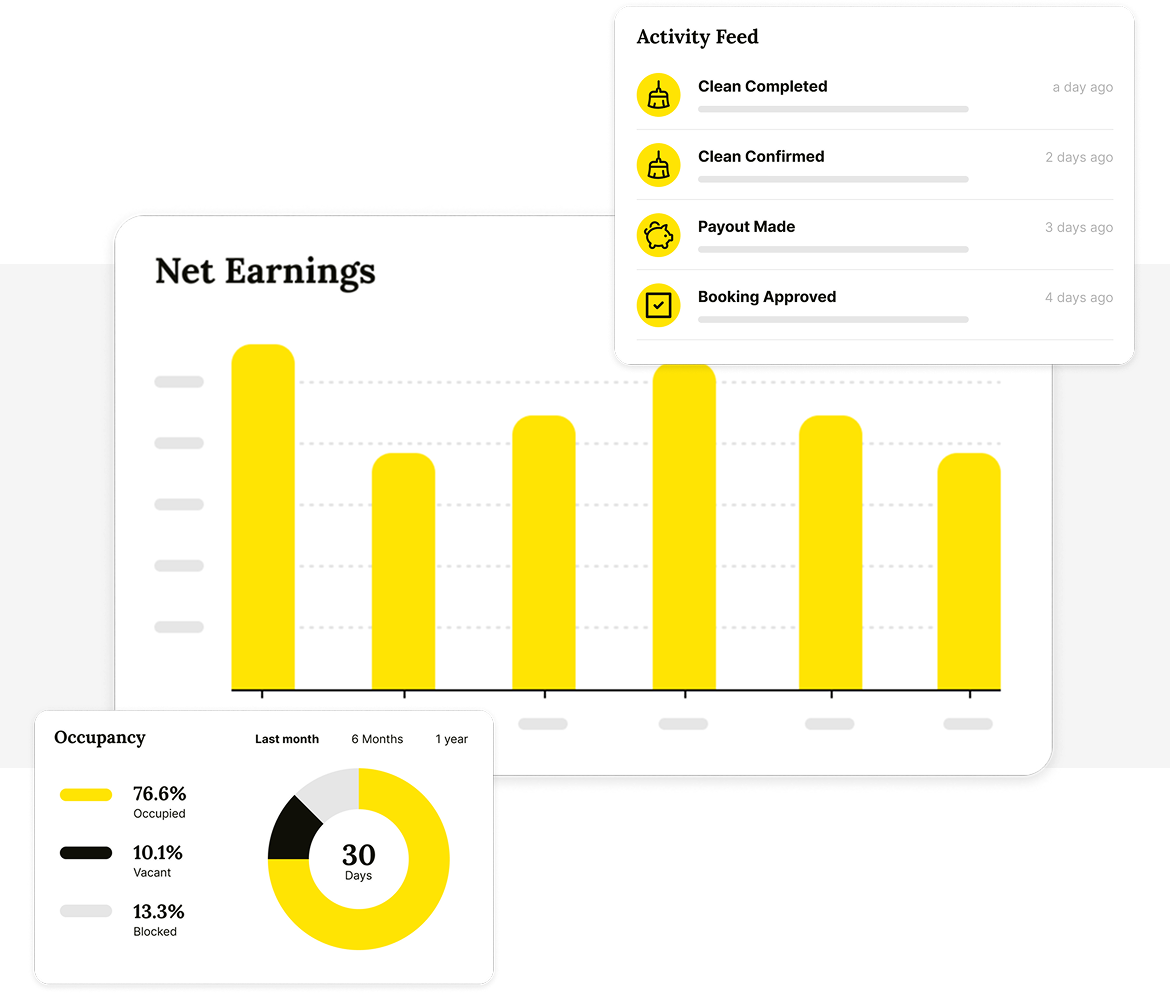
.webp)
🚀 Start & Scale Your Airbnb Business with Houst
Join Houst’s Airbnb Business Partnership Program to start, manage, and grow your short-term rental business. With expert marketing, automation tools, and dynamic pricing strategies, we help you maximise earnings and scale faster.

⭐ Rated 4.8/5 by 2,500+ Hosts
